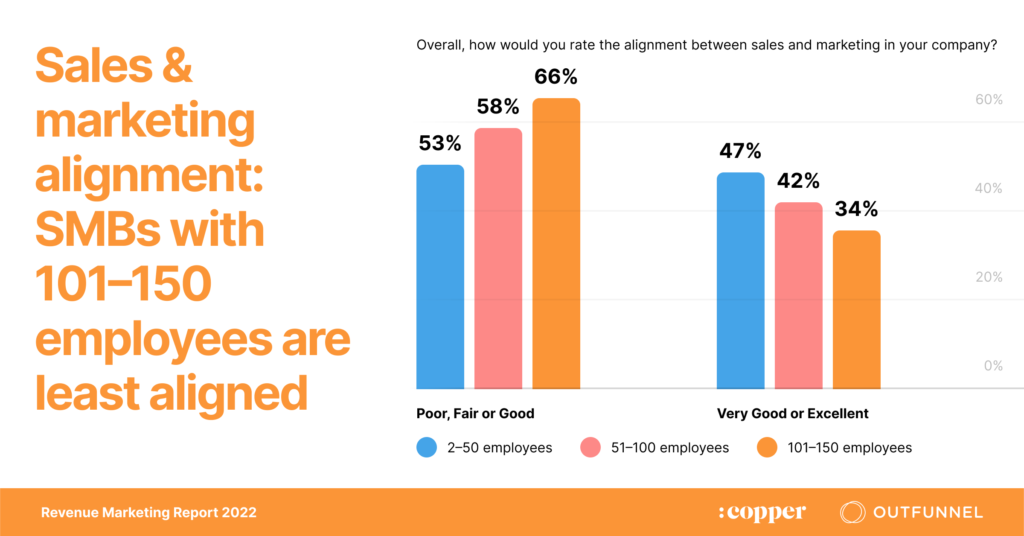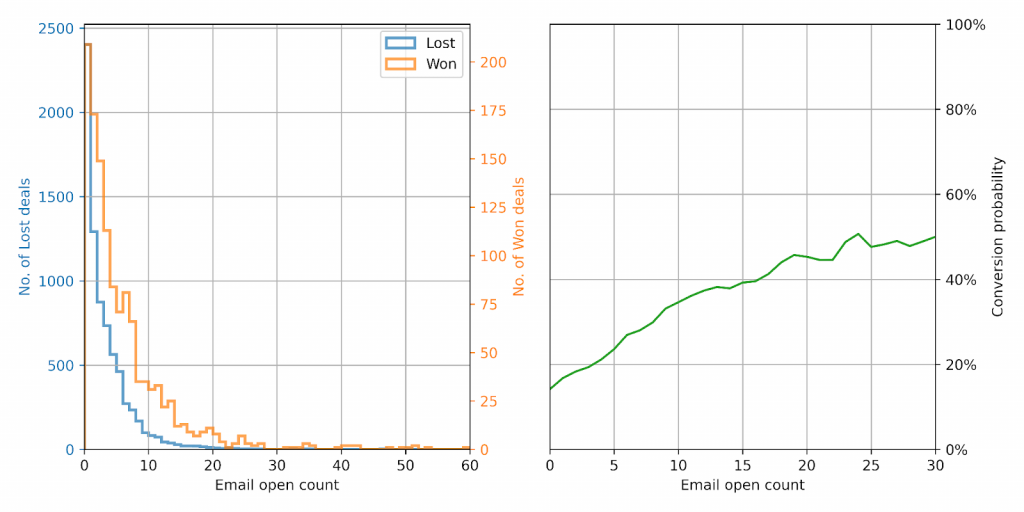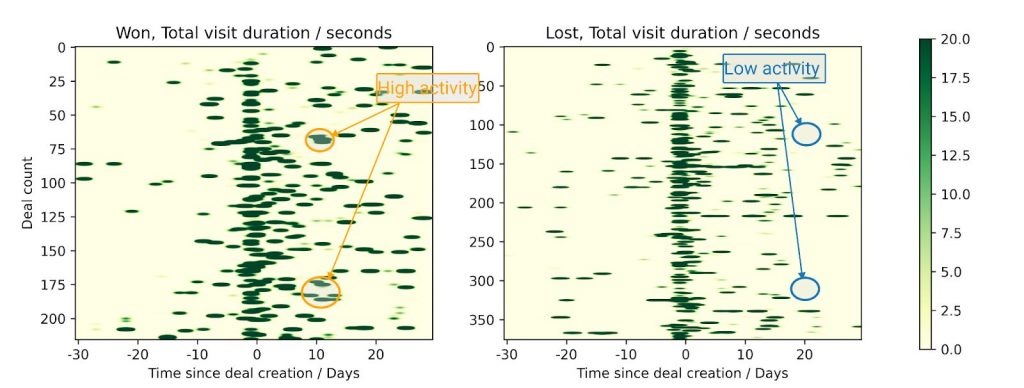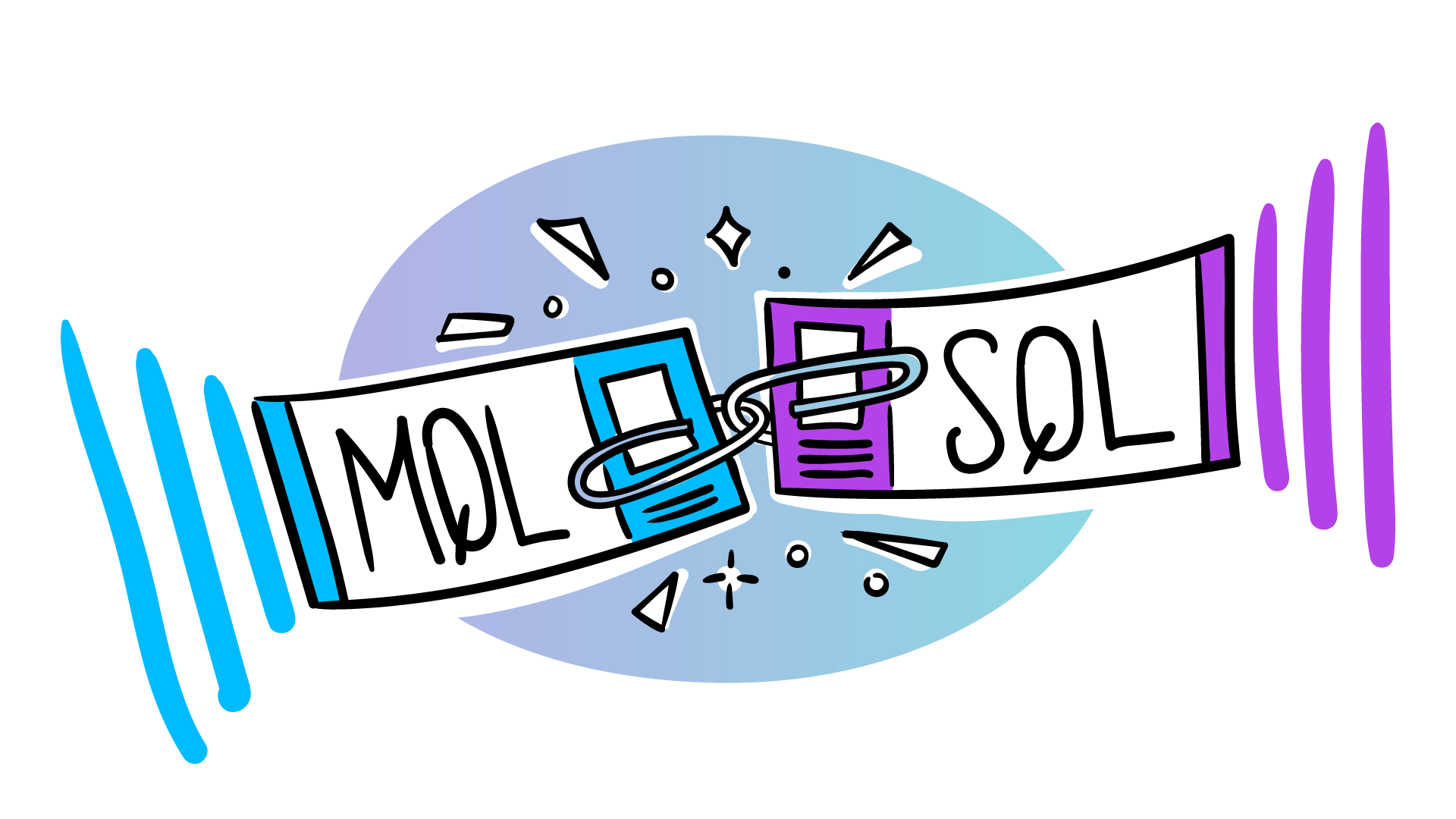Lead generation is vital for any business, but we need to differentiate our prime contacts from the less relevant ones. Not every lead will be a happy (or profitable) prospective customer, regardless of their classification.
Your sales and marketing teams might handle leads at different sales cycle stages, but a common thread must bind their scoring and qualifying efforts.
Marketing qualified leads (MQLs) and sales qualified leads (SQLs) are the two main classifications for individuals and accounts with buying potential.
Identifying an MQL, converting them into an SQL, and then closing takes a fair amount of time and effort. Let’s unpack each lead type, learn how they fit into each other, and how to get the most ROI.
Your marketing and sales teams generally handle the identification and nurturing of both lead types, respectively. We believe this disconnect only harms your sales productivity.
Instead, we propose a unified perspective and approach to scoring MQLs and SQLs, for the most efficient and rewarding sales cycles possible.
First, let’s get a clearer picture of the difference between MQLs and SQLs.
What is an MQL?
Your marketing teams strive to attract members of your ideal customer profile (ICP). They do this mostly through inbound marketing.
This is the creation of value-driven content that’s tailored to your buyer persona.
There are two major tasks for your inbound marketing team:
- Researching and appreciating which pain points and jobs-to-be-done your customers are facing.
- Turning your marketing efforts toward creating valuable resources for these issues.
For example, a relevant white paper or guide.
It’s important you not only answer the questions your target audience is asking but also answer them on their preferred platforms.
Este Pretorious, LinkedIn lead generation specialist
Your marketers score prospects that interact with your inbound marketing content and, once they hit a satisfactory engagement level, are branded as MQLs.
It’s important to note that MQLs aren’t sales-ready, hence the differentiation between MQLs and SQLs.
What is an SQL?
An SQL is a lead your sales team has deemed worthy of their focus and efforts.
MQLs will convert into SQLs once they display enough buying signals, moving down from the marketing funnel and into the sales pipeline.
A sales rep will then engage this SQL, offering demos, free trials, or product tours while establishing their needs.
There are three essential criteria for an SQL:
- You’ve confirmed that the lead is a decision-maker.
- They have the budget needed for your subscription.
- They’re the ideal fit for your ICP.
These details can be verified by your sales reps’ good judgment through a background search. It helps to have as much customer data as possible so you don’t misjudge the lead.
However, we’d recommend hard verification over implicit signals. Specific forms and qualification calls are an assured green light.
If you don’t have a proper qualification process in place, your lead scoring criteria for SQLs could be arbitrary or subjective.
You might find that your marketing department sends MQLs over to your sales representatives, only to find that their values don’t convert into sales opportunities.
Why is the sales qualified lead (SQL) stage important for both your sales and marketing teams?
Identifying sales-qualified leads is important for sales because it helps them determine which leads are hot and worth contacting.
For marketing, the team can judge the quality of the leads they are bringing in.
MQL vs SQL: The biggest differences
The biggest difference between MQL and SQL is definitely the buying intent. MQLs are usually first-time visitors, looking at top-of-funnel content and don’t yet fully understand your product.
Not every SQL contributes to your conversion count
According to LinkedIn lead generation expert Este Pretorious, there’s often a disconnect between marketing and sales strategies.
As a marketer, if you don’t understand what the sales process is and what moves somebody through that sales process, you will never be able to support sales if you do not understand what makes a qualified lead in terms of picking up the blind signals, and understanding the problem statements.
Este Pretorious, LinkedIn lead generation specialist
Let’s look at the stats.
Salesforce found that only 13% of MQLs convert into SQLs. Out of that small pool of SQLs, sales departments generally only close 6%. We also found an incredibly insightful Plezi investigation that revealed the most effective MQL to SQL conversion channels within a marketing strategy.

So, what actually works?
B2B companies’ websites are the most effective channel (surprise, surprise), with a conversion rate of 31.30%, closely followed by customer and employee referrals: 24.70%.
Conversely, Plezi found email marketing campaigns to be the least productive type of conversion channel, with a 0.90% success rate.
From our own research, we found that many salespeople were only qualifying high-quality leads as opportunities too late into the sales process. Sales’ lack of confidence in anything but the most obvious opportunities means numerous hot leads are falling through the cracks.
Your qualification spectrum might be too broad
It’s not just salespeople selling themselves short. Your marketers could be trigger-happy with their qualifying.
Our interview with B2B sales expert and consultant Elor Pruvli revealed the biggest lead qualification mistake: marketing flooding sales with too many MQLs.
According to Pruvli, a lead attending your webinar or downloading a resource from your website doesn’t imply they want anything more from you.
But what causes this opportunity void? We believe it’s a lack of cooperation between sales and marketing throughout the qualification process.
Qualify your leads with Outfunnel Lead Scoring and increase led-to-win conversion rates by 25%
Deep integrations with CRMs like Pipedrive, HubSpot, Copper, Salesforce
Disconnected teams are a disservice to your potential customers
Marketing and sales often have different opinions on what constitutes a hot lead. There’s a chance your marketing team is sending their idea of qualified leads to sales, who simply reject them as too far up the sales funnel to engage.
One of the greatest productivity wasters in any sales-based company is the disconnect between marketing and sales.
Siloed teams work in vacuums
Our 2022 Revenue Marketing Report revealed that just 42% of our respondents felt their marketing and sales teams enjoyed “Very Good or Excellent” alignment.
The other 58% saw their team alignment as “Poor, Fair, or Good.”

Siloed teams can’t communicate their qualifying preferences or work together across the sales funnel. This disconnection is caused by marketing being too focused on their idea of a hot MQL.
We’re not saying that your marketing team’s MQL scoring framework isn’t practical, but it needs to be aligned with sales’ SQL signals.
Marketing, meet sales
Open a discussion between your sales and marketing teams. Sales can then reveal to marketing which KPIs and metrics constitute an actionable lead.
A tight qualification range swaps numerous, often irrelevant MQLs for a smaller pool with far higher success potential.
Your marketing team’s morale will soar when they see the fruits of their labor as sales convert a far higher percentage of MQLs.
Inter-team relations are improved, and there’s a highly efficient and productive synergy between sales and marketing.
None of this is possible unless sales and marketing work together on the same platform, with a collective view of the sales funnel, but more on that later.
How do you convert an MQL into an SQL?
Marketing scoring leads according to sales’ needs is a good start, but what are you actually looking for regarding SQL-friendly MQLs?
Keep your ICP close to your heart
Let’s start with firmographics.
A prospect enthusiastically engaging with your lead generation content might not match your ICP.
Remember that sales is looking for the juiciest accounts possible, and marketing needs this value-driven mindset when scoring and qualifying leads.
Ensure that any prospect you deem worthy of the MQL title has the predefined revenue, company size, industry, and job title parameters sales looks for.
You can gain all this data by gating your most valuable resources behind qualifying forms.
So, what are we?
Take a human approach to qualifying leads.
Your lead generation content and surveys should elicit potential customer’s pain points and jobs-to-be-done that your product and professionals can solve.
Now, sales are handling MQLs that are the right customer fit, with an empathetic understanding of their needs. Qualifying SQLs just became a far more straightforward process.
A hypothetical example of lead generation and nurturing
Let’s imagine you’re the Head of Sales at a company that sells a sales process automation tool called “GoodRep.”
Your main lead generation channel is your blog, which focuses on empathizing with and guiding sales reps and leaders on their most common pain points.
Let’s review your sales process from an MQL and SQL perspective:
- Prospect: A prospect confirms they want your blog’s newsletter delivered weekly. They happily click on your subscription CTA when they reach the end of a beneficial article.
- Lead: You notice they’ve read a few articles and completed a survey, one attached to a piece on the most significant pain points for sales leaders.
- MQL: Your new lead downloaded enough of your blog resources like white papers and case studies, submitting a form with the user data needed to be qualified as an MQL.
- SQL: A few days pass, and you continue recording your MQL’s enriched activity on your website. They’ve checked out your pricing plans page and finally requested a demo.
- Opportunity: It’s full steam ahead for your sales team. They’ve provided enough value to their SQL through calls and the provision of personalized resources to consider them a hot opportunity.
- Customer: You’ve made it to the purchasing decision stage. You’re discussing pricing, the number of seats, and tailoring your product to the SQL’s larger account. It’s onboarding time!
How your teams can find shared value in MQLs and SQLs
Tracking and appreciating the right leads comes down to tight cooperation between sales and marketing.
This collaboration is only possible when you have a single viewpoint of your sales and marketing data.
Bridge the gap between marketing and CRM
That’s where Outfunnel comes in. Our tool was developed by sales and marketing professionals to unite your departments.
We’re focused on streamlining your CRM and marketing tools relationship, so all your marketing engagement is recorded in a neat and insightful source.
Accurately defined MQLs and opportunities
Your MQL definitions need to be exact. Outfunnel lets you hone your ideal MQL categorization by scanning your previous closed deals and opportunities.
This insight shows you which lead sources and marketing touches are the most valuable and truly indicate quality.

But how does one even attain this clarity from so much data? Use these predictive lead scoring lessons to refine your MQL and SQL definitions.
We did our homework using our trusty machine-learning resources. Our dataset consisted of:
- CRM data from Pipedrive.
- Email marketing from Mailchimp.
- Our web visitor tracking software data.
We then started gathering a ton of data from sales activities, email opens and clickthrough rates, industry tags, and web visits hoarded across more than half a year’s worth of investigation.
Of course, we made sure to timestamp each touch so that we could create correlations between marketing engagements and sales opportunities.
To summarize our thorough research, we discovered that:
1. The higher your marketing email open count, the better your conversion probability. Email opens = good signals, and email clicks = strong signals.

2. Active website visitors are more likely to convert, particularly those exploring your pricing or product pages.

3. People that attend a webinar during the free trial period are 3X more likely to convert to a paid subscription.
4. Our working model translates to about half the companies we sampled.
We also found that free trial signups stemming from our marketplaces channel were far more likely to convert to paid advertising leads.
The more straightforward method
If you don’t have the time to conduct in-depth research, you can simply rely on Outfunnel to do the legwork.
You’ll activate a powerful deal forensics capacity by syncing your marketing engagements with your CRM.
Outfunnel ensures that all your essential scoring events are fed into your CRM. From email opens to granular website engagement details.
You can then easily analyze which marketing engagements and lead sources correlate with won deals.
Track lead scores in your CRM
Remove the guesswork and start focusing on leads that convert. Track web visitors and connect your marketing tools with Pipedrive, HubSpot, Salesforce, Copper, and Airtable.
Try Outfunnel free for 14 days – no credit card required



